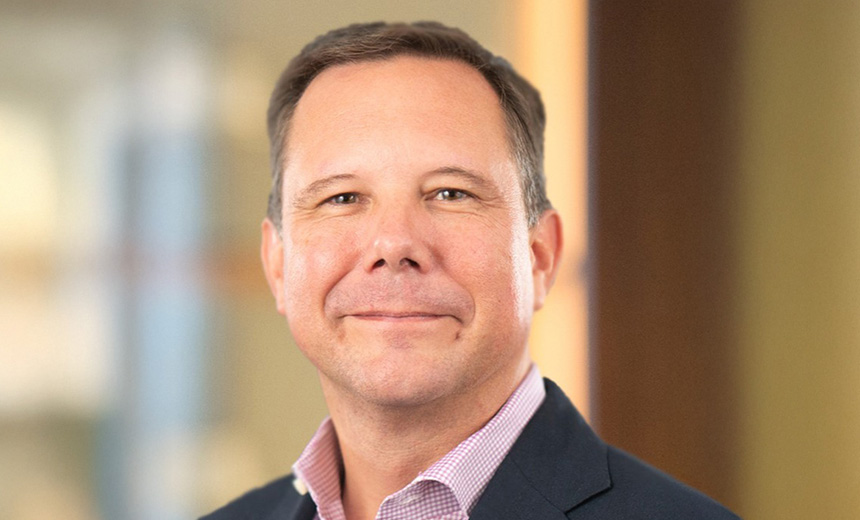Finance & Banking
,
Fraud Management & Cybercrime
,
Fraud Risk Management
Fraud Expert Trace Fooshee on Regulatory Steps Needed to Curb Payment Scams
While the United Kingdom and Australia have mobilized multiple sectors to tackle payment scams, the United States faces complex hurdles. The U.S. can’t replicate other regulatory models but it can pursue targeted actions such as regulating scam-prone ad platforms and creating a central fraud-fighting agency, said Trace Fooshee, strategic advisor at Datos Insights.
See Also: New Attacks. Skyrocketing Costs. The True Cost of a Security Breach.
For example, in the United Kingdom, Google must maintain a list of approved financial firms allowed to advertise. That model has been effective in reducing fraudulent promotions and could be adapted in the U.S. without overhauling the ecosystem.
“There is no reason why such a thing could not be done in the U.S. market that is very similar. This is one way in which we could take steps to mobilize parts of the scam and fraud ecosystem that have gone mostly unpoliced,” Fooshee said.
More broadly, the U.S. payments industry needs a centralized body to lead fraud response efforts, he said. Existing federal agencies are not structured to fill that role, but Congress would need to pass legislation to create a dedicated institution for fighting fraud.
In this video interview with Information Security Media Group, Fooshee also discussed
- How the U.K.’s ad policy helped reduce scams, and how the U.S. could follow;
- Why the U.S. needs a new federal body to coordinate anti-fraud efforts;
- How legal uncertainty related to data sharing weakens fraud defense.
Fooshee has worked extensively across financial services and advises institutions on digital fraud strategy, risk management and regulatory policy.

